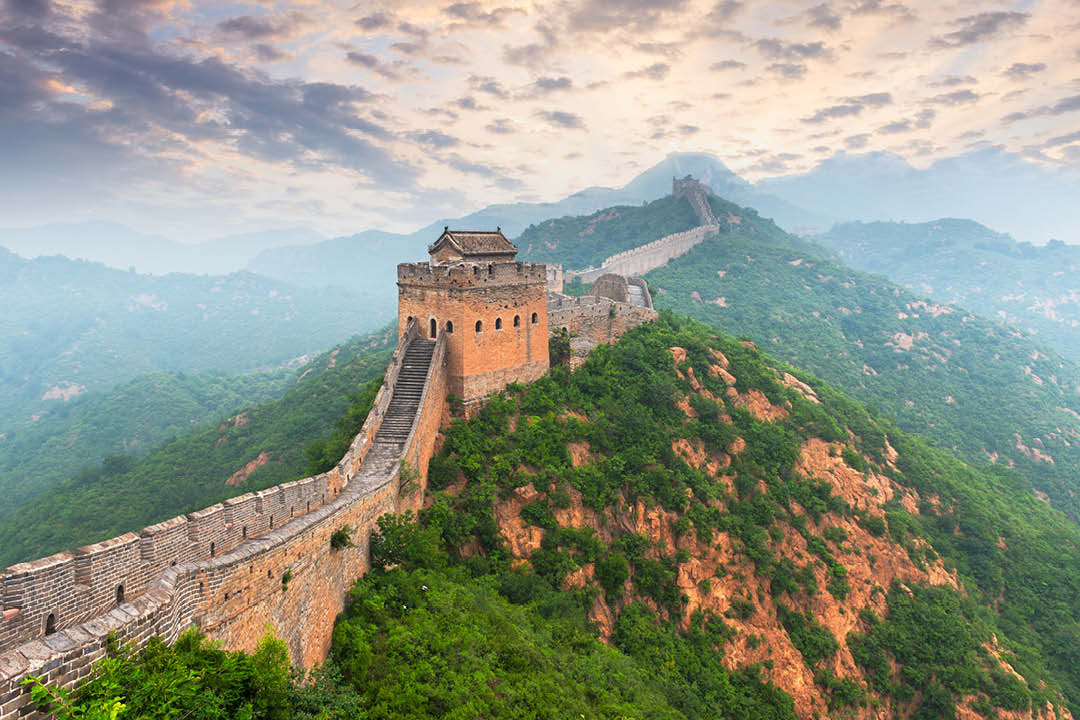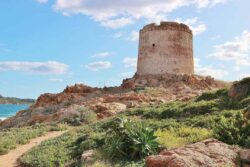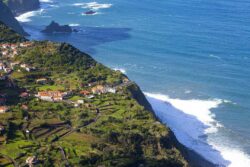The first ‘seven wonders of the ancient world’ list was made more than 2,000 years ago, and included the likes of the Great Pyramid of Giza and the Hanging Gardens of Babylon. However, over the course of many centuries, most of the wonders on this original list were destroyed. So in 2001, the New7Wonders Foundation set out to find a new list for the modern era, asking over 100 million people for their votes. The result was seven new wonders of the world, spanning six continents.
Which are on your bucket list?
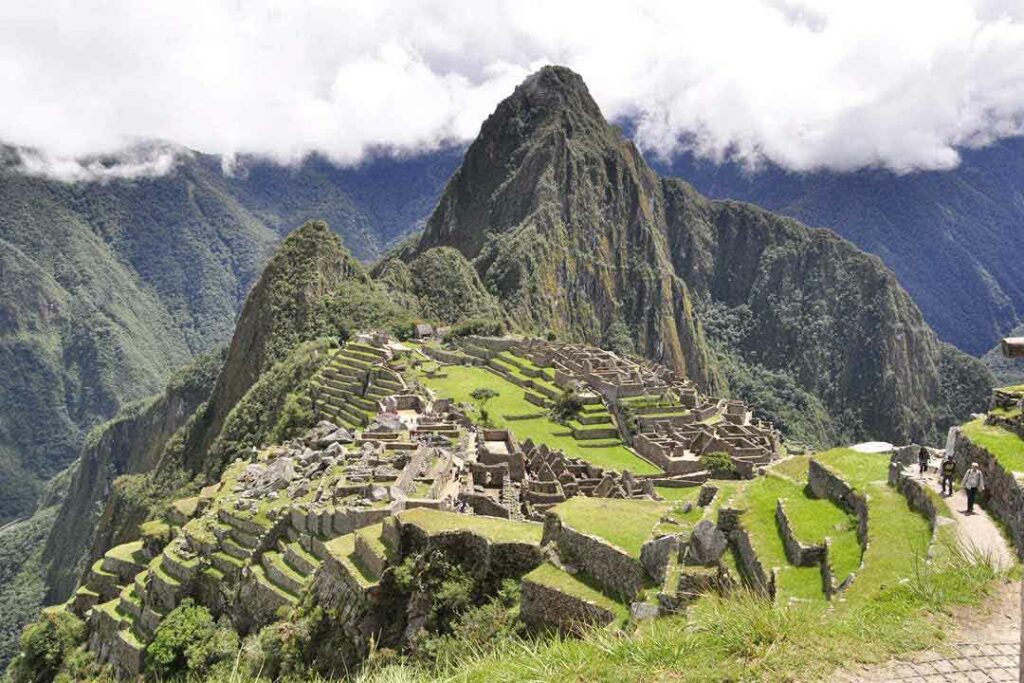
Machu Picchu, Peru
Perched high in Peru’s Andes mountain range, Machu Picchu is an ancient Inca citadel that dates back as far as the fifteenth century. The mysterious maze of buildings, plazas and platforms was only discovered 100 years ago and continues to bewilder historians and archaeologists – who are still to this day struggling to understand its original purpose.
While some believe it was home to the ‘Virgins of the Sun,’ women who lived in convents under a vow of chastity, others think that it could be an ancient pilgrimage site, or even a royal retreat.
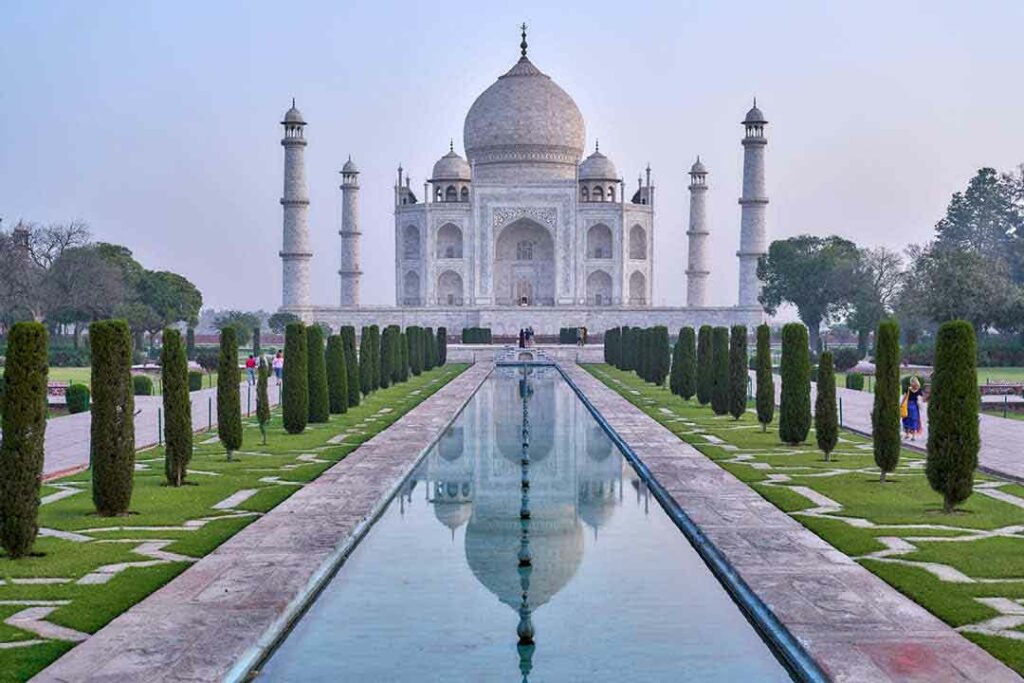
Taj Mahal, India
Widely considered one of the most beautiful buildings ever built, the Taj Mahal is India’s most iconic symbol. A marble tomb in the centre is surrounded by forty-two acres of grounds, where gardens, a mosque, guest house and pool complete the complex.
Shah Jahan, king of the Mughal empire from 1628 – 1658, employed over 20,000 people to build the mausoleum as a monument to his beloved wife, who died in childbirth. Today, the exquisite mausoleum attracts thousands of visitors each year, and stands as a testament to the artistic and scientific accomplishments of the wealthy Mughal empire.
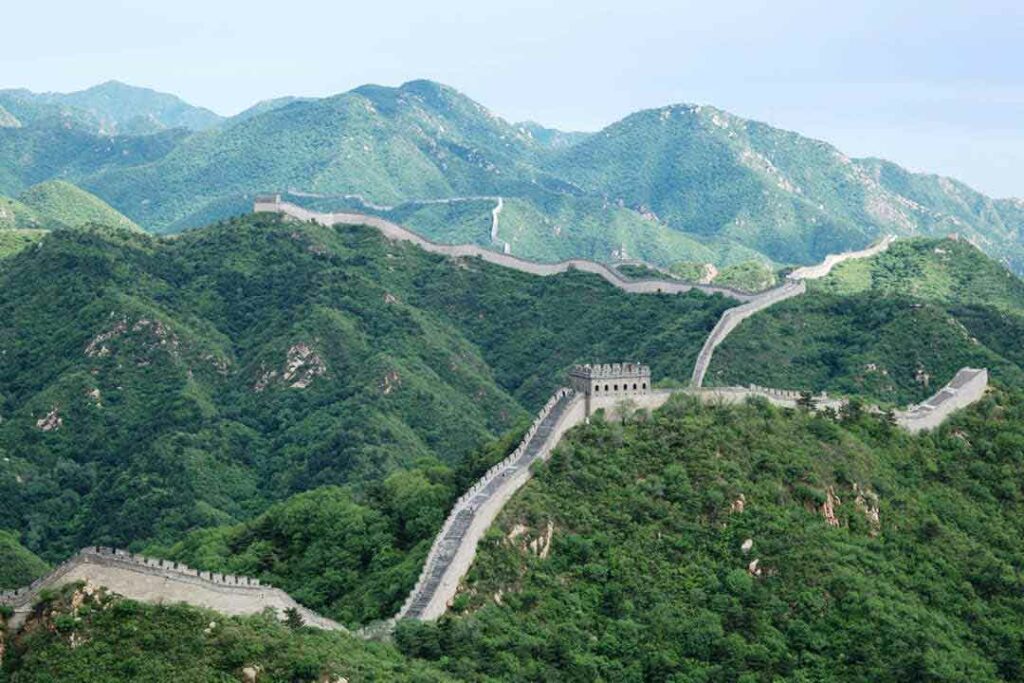
The Great Wall of China, China
Great might be an understatement. The world’s largest and most impressive man-made structure, the Great Wall is a fascinating example of ancient defensive architecture. Built to protect China from invasion and to guard its Silk Road trade, and taking a staggering 2,000 years to finish, the structure snakes its way along mountain ridges, valleys and hills for over 13,000 miles.
Starting in the Gobi Desert in the west and finishing in the Bohai Sea in the east, the Wall passes through fifteen Chinese provinces along the way. While many of its best-preserved segments are just outside Beijing, other more wild and remote, yet equally scenic, parts are to be found further afield.
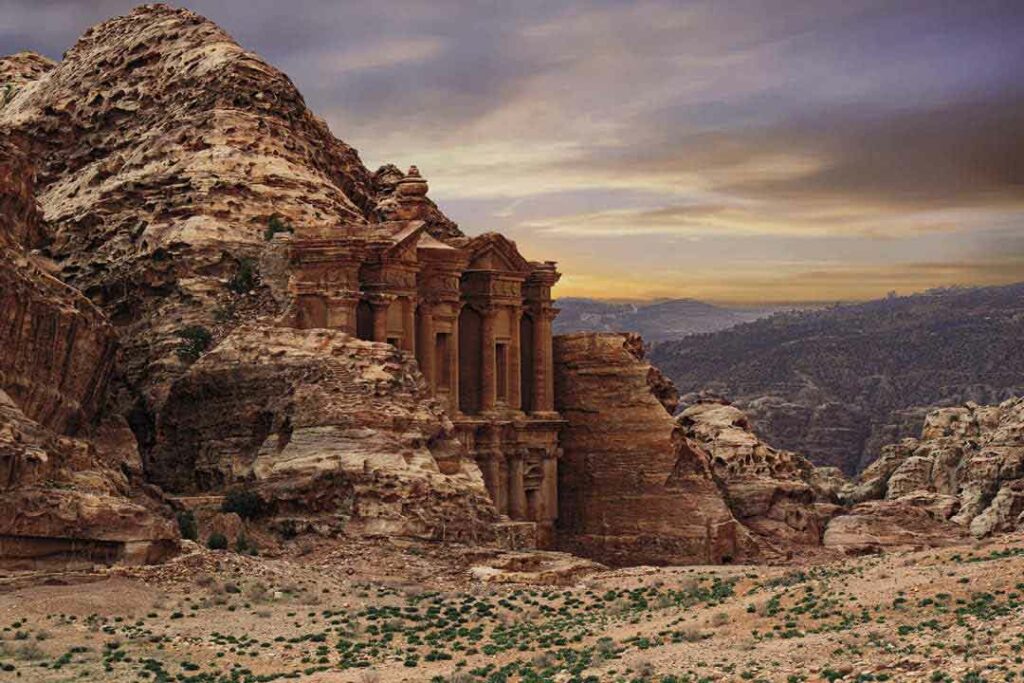
Petra, Jordan
Half-carved into vibrant red, white, pink and sandstone cliff faces, the prehistoric city of Petra in Jordan was ‘lost’ to the Western world for hundreds of years.
Once a thriving trading centre and the ancient capital of the Nabataean empire, the city sat empty and in near ruin for centuries before being rediscovered by a European traveller in the 1800s. Adding to its intrigue, the historical site is also believed to be one of the places where Moses struck a rock, causing water to burst forth.
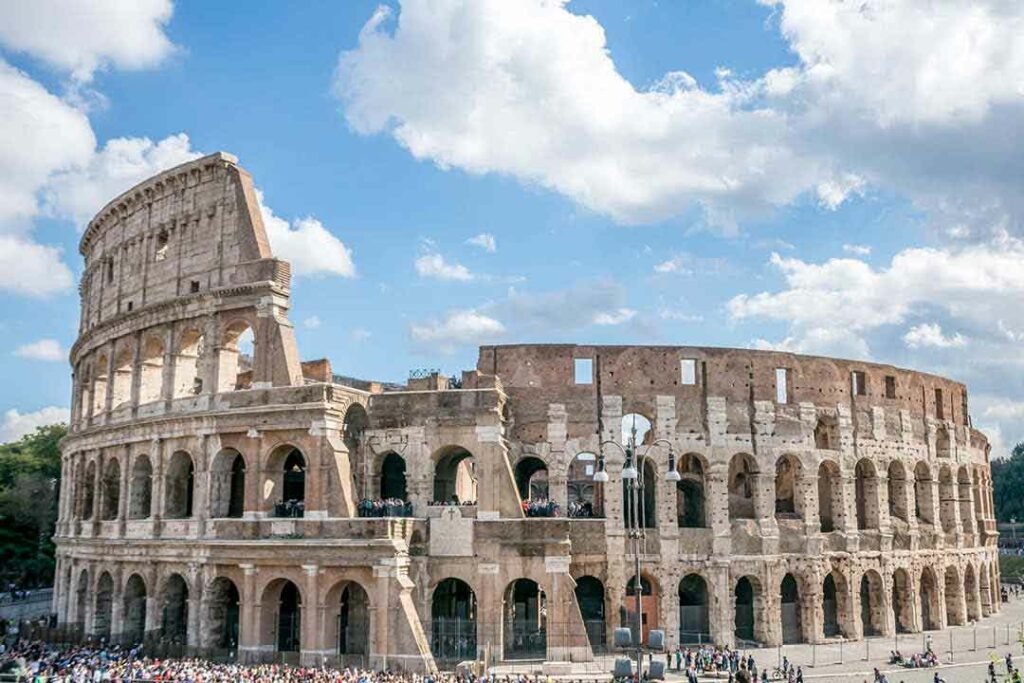
The Colosseum in Rome, Italy
An impressive feat of engineering, The Colosseum in Rome was built in the first century by order of the Emperor Vespasian. The amphitheatre was once capable of holding 50,000 spectators, who watched a variety of events. Perhaps most notable were gladiator fights, though it was not uncommon to also see men battling animals, and even mock naval engagements made possible by pumping water into the arena. According to some estimates, about 500,000 people died in the Colosseum – and so many animals that some species became extinct!
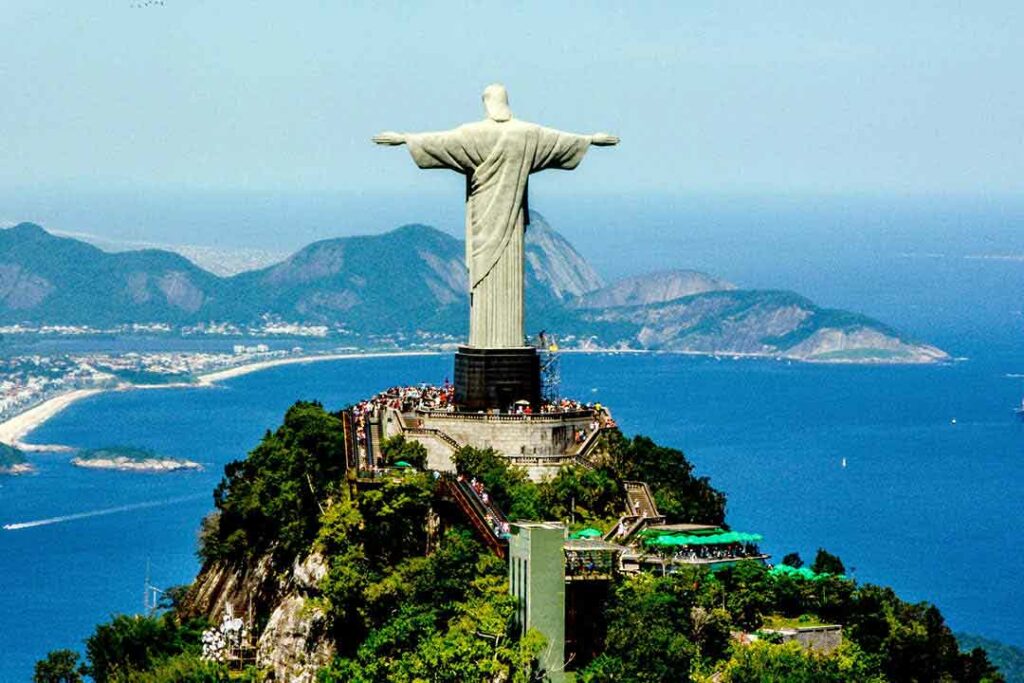
Christ the Redeemer statue,
Rio de Janeiro, Brazil
The iconic emblem of Brazil, Christ the Redeemer rises over thirty metres on the top of Mount Corcovado in Rio de Janeiro. Made from reinforced concrete and clad in over six million soapstone tiles, this totemic statue of Jesus is actually the largest Art Deco sculpture in the world.
Built just after the end of the First World War, the sculpture was an enduring symbol of Christianity and hope, so its continued significance in the modern day comes as no surprise.
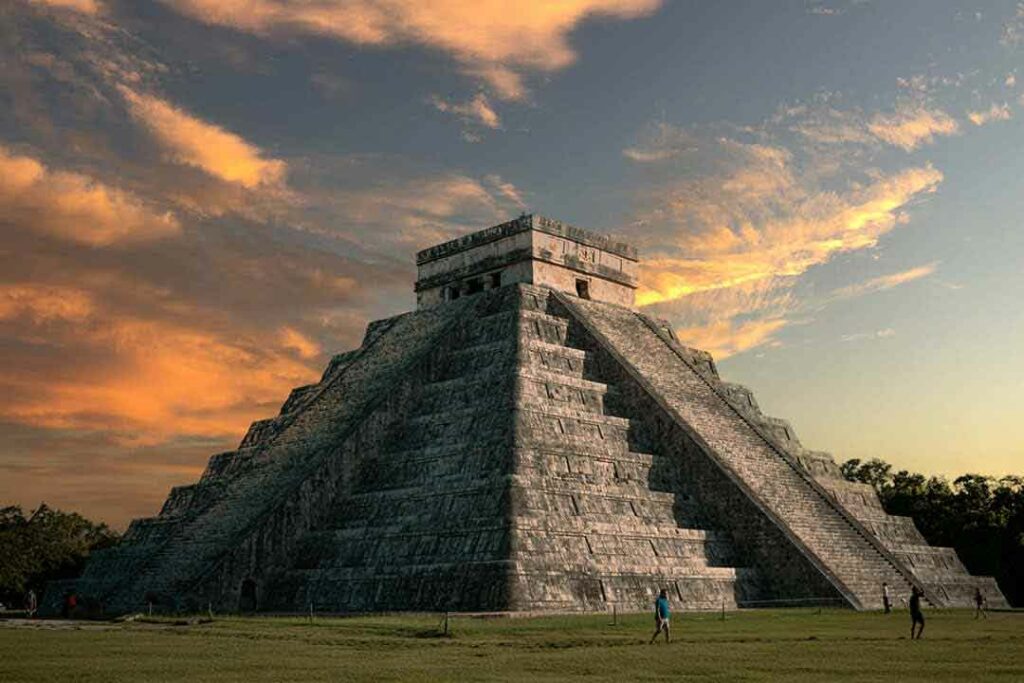
Chichen Itza, Mexico
Deep in the Mexican state of Yucatán lies Chichen Itza, a historic Mayan city built between the ninth and twelfth centuries.
Constructed by the pre-Columbian Mayan tribe Itzá, the city includes a series of monuments and temples – the most famous being El Castillo, also known as the Temple of Kukulcan. A testament to the Mayans’ astronomical abilities, the structure features 365 steps, one for every day in the solar year.
